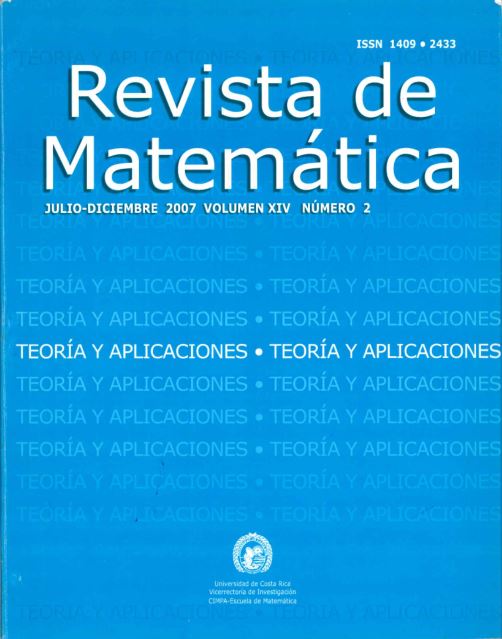Abstract
This new method for characterizing clusters is based on the simulation of a diffusionlike process. A resolution-parameter—R—is introduced such that when assigned successive values from an increasing sequence, it is possible to detect the following:
(a) a unique cluster which can be visualized as an object with no internal structure;
(b) a set of n first-order subclusters—given they exist—which are constituents of the cluster mentioned in (a);
(c) n sets of second-order subclusters—each of which are constituents of one of the first-order subclusters mentioned in (b)—and so on, successively.
Convexity is not required either for the cluster mentioned in (a) or for the subclusters of different orders. Although in this paper the method presented is applied to bidimensional objects, it may be generalized for the n-dimensional case.
References
Jajuga, K.; Sokolowsky, A.; Bock, H.-H. (2002) (Eds.) Classification, Clustering and Data Analysis. Recent Advances and Applications. Springer-Verlag, Berlin-Heidelberg.
Skliar, O.; Loew M.H. (1985) “A new method for characterization of shape”, Pattern Recognition Letters 3(5): 8–16.
Skliar, O.; Láscaris-Comneno, T.; Medina, V.; Poveda J.S. (2003) “Una variante del método que utiliza la simulación de un proceso de difusión para la caracterización de formas de figuras planas”, Revista de Matemática: Teoŕıa y Aplicaciones 10(1-2): 122–130.





